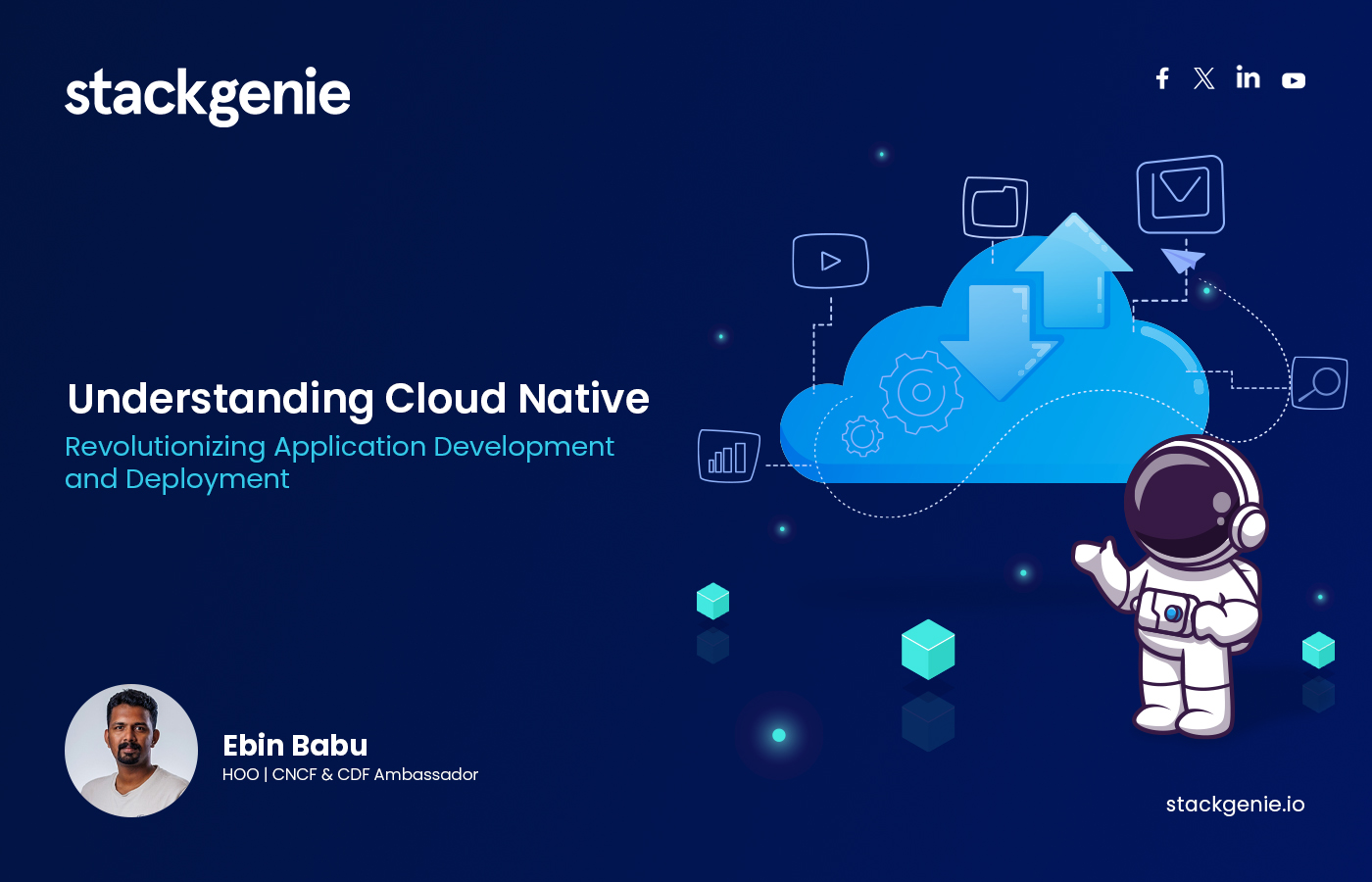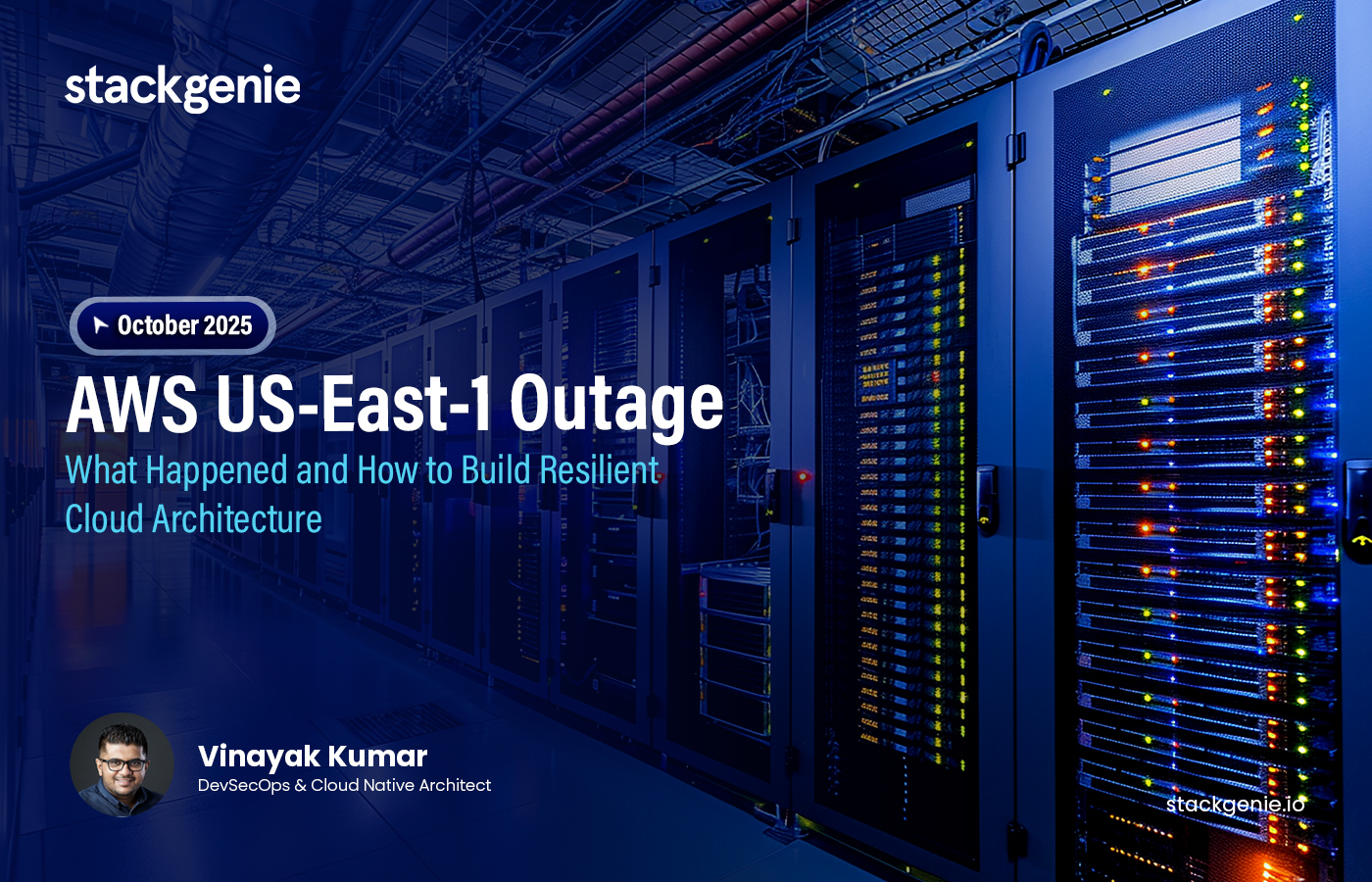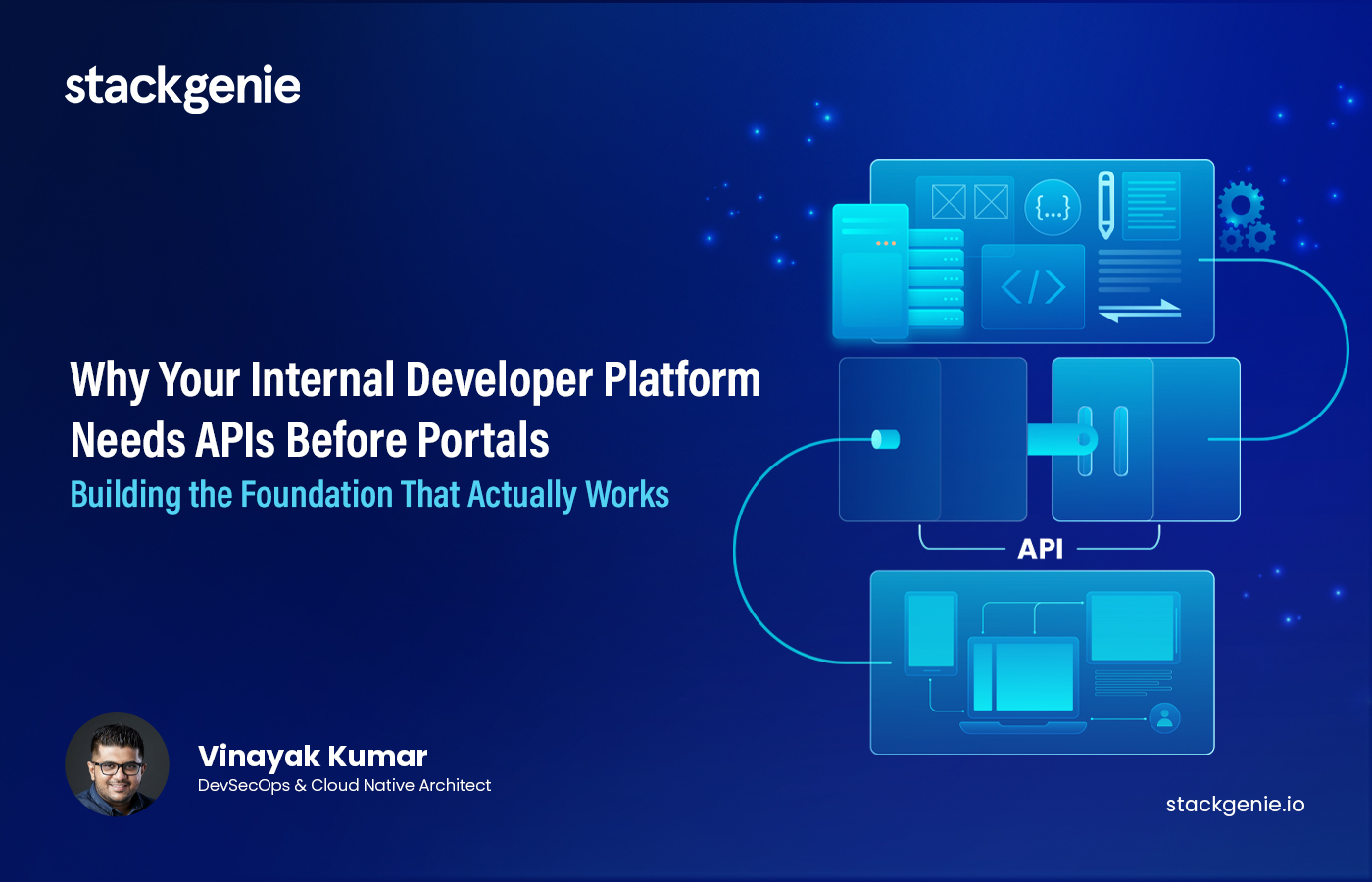Inside this article :
In the rapidly evolving world of technology, businesses constantly seek ways to innovate, scale, and improve efficiency. One of the most significant shifts in recent years has been the adoption of cloud-native technologies. As we move through 2025, understanding what cloud-native is and its impact on the industry has become crucial for businesses aiming to stay competitive. This comprehensive guide will walk you through the key things you need to know about cloud-native in 2025.
What Does Cloud Native Mean?
Cloud-native refers to practices and technologies that empower organizations to build and run scalable applications in dynamic environments such as public, private, and hybrid clouds. Unlike traditional applications that run on specific, often static, hardware configurations, cloud-native applications are designed from the ground up to take full advantage of the cloud computing model.
5 Key Principles of Cloud Native
Let’s explore these core principles, it is essential for leveraging Cloud Native’s full potential.
1. Microservices Architecture:
Instead of monolithic applications, Cloud Native promotes developing small, independent services that can run and evolve separately.
2. Containerization:
Applications are packaged with their dependencies into containers. This ensures consistency across multiple environments.
3. Orchestration & Automation:
Tools like Kubernetes come into play, managing, scaling, and maintaining containers, ensuring resilience and high availability.
4. DevOps Integration:
Cloud Native embraces DevOps principles, promoting continuous integration, continuous delivery, and high automation.
5. Agile & Scalable:
With the ability to rapidly deploy, scale up or down, and adapt, Cloud Native applications can respond swiftly to market changes.
Benefits of Going with Cloud-Native Development

Staying agile and adaptable is crucial for success. Cloud Native development offers a powerful approach to building and deploying applications that can keep you ahead of the curve.
1. Flexibility:
Cloud Native architectures allow you to adapt to market changes quickly and efficiently. By leveraging microservices and containerization, you can update and deploy individual components without disrupting the entire system.
2. Scalability:
As your user base grows or fluctuates, Cloud Native applications can scale effortlessly. You can automatically adjust resources in real-time to meet demand, ensuring a smooth user experience even during peak times.
3. Resilience:
With Cloud Native, your applications are built to handle failures gracefully. If one part of the system encounters an issue, the rest of your application remains unaffected, ensuring high availability and minimizing downtime.
4. Speed:
Cloud Native development accelerates your ability to bring new features to market. Continuous integration and deployment pipelines enable rapid updates, allowing you to respond to customer feedback in real time and outpace competitors.
Businesses Using Cloud Native
Companies like Netflix, Spotify, and Amazon have totally adopted Cloud Native methods, allowing them to deliver seamless experiences to millions of consumers worldwide. By adopting cloud technology, these businesses have achieved wonderful flexibility, scalability, and resiliency, allowing them to quickly react to the ever-changing digital landscape.
How to Start Your Cloud Native Journey
Transitioning to Cloud Native is not just about using the right tools but adopting a new mindset. It requires:
- Evaluating and choosing the right cloud platforms and services for your needs.
- Upskill your existing teams or bring on specialists who are well-versed in Cloud Native technologies and practices. Stackgenie’s team of cloud native product engineering experts can guide you through every phase of your journey.
- Re-architecting applications to embrace microservices and containerization.
Achieve Greater Flexibility with Cloud Native
The Cloud Native approach is redefining how applications are developed and deployed, promising greater agility, scalability, and resilience. As the digital landscape continues to evolve, understanding and embracing Cloud Native will be crucial for companies aiming to stay ahead of the curve.
Looking to transition to Cloud Native? Stackgenie provides expert guidance and services tailored to your business needs.



